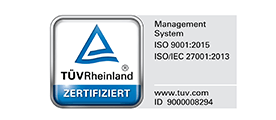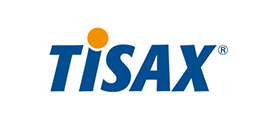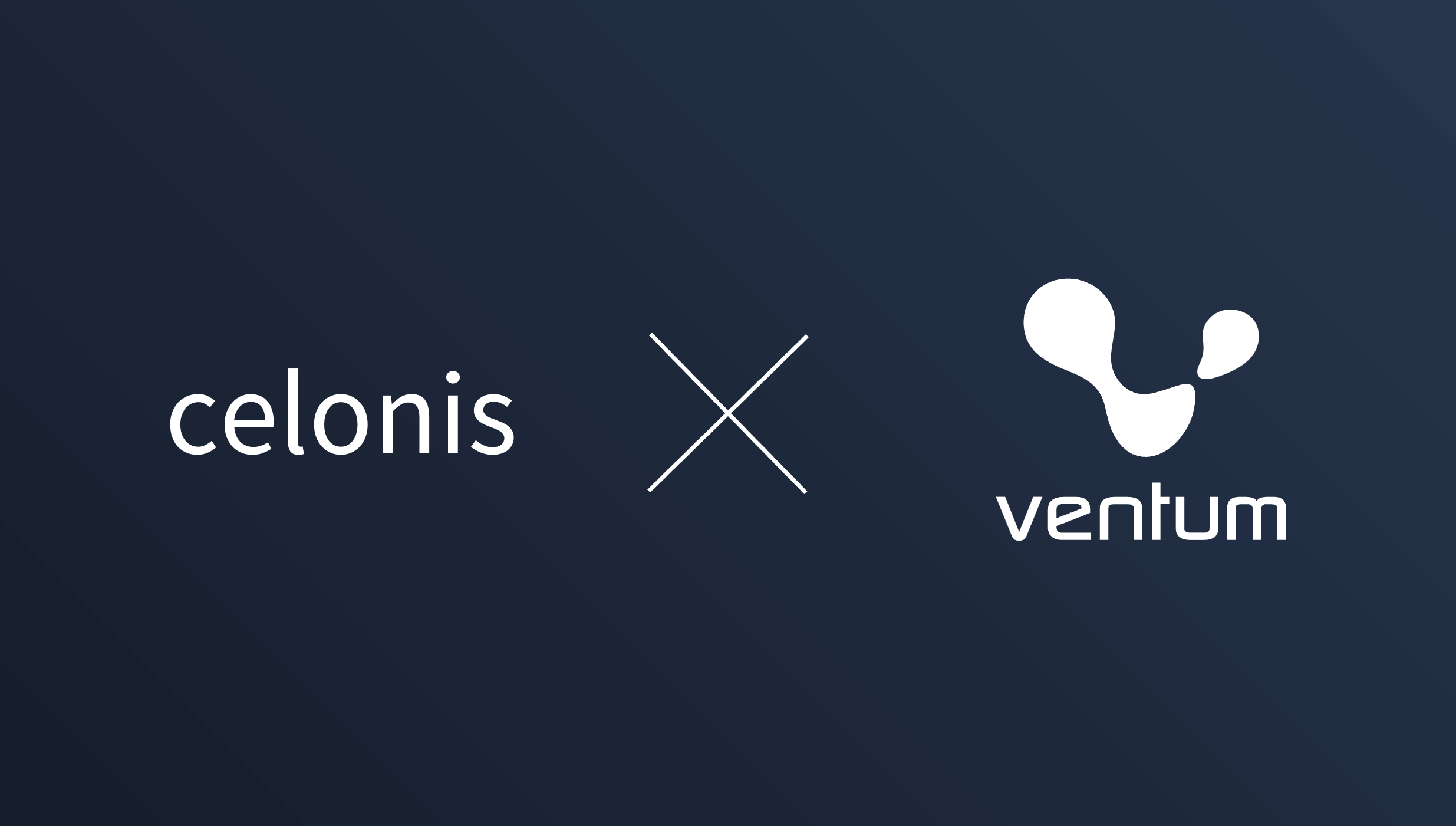- Veröffentlichung:
08.07.2025 - Lesezeit: 7 Minuten
Implementing Microsoft Dynamics 365 Business Central in SMEs: ERP as a link between IT system worlds
Industry: Sheet metal processing medium-sized company | Period: 2 years | Team size: 2 consultants
In a world that is changing rapidly due to digitalization, it is crucial for small and medium-sized enterprises (SMEs) in particular to take the step forward. Outdated processes, rigid structures and outdated IT solutions can slow down success and jeopardize market position. But this is precisely where the opportunity lies: with innovative technologies such as Microsoft Dynamics 365, companies can set the course for future-proof development.
The introduction of a modern ERP system such as Dynamics 365 Business Central opens up completely new perspectives. Important success factors such as delivery reliability, shorter process times, optimized production planning and reduced storage costs are not only visible, but can also be controlled in a targeted manner. The seamless integration of ERP, CRM and Customer Experience into a holistic solution allows business processes to be designed more efficiently and the focus on customer needs to be sharpened in the long term. Traditional structures are transformed into digital pioneers that not only master change, but actively shape it – for a strong position in the market of tomorrow.
When it comes to setting the course for sustainable corporate success, clear goals and innovative approaches are key. In a current project of a leading sheet metal processing company, the focus is on two central challenges: firstly, the degree of automation is to be increased to 80 percent and secondly, the focus is on increasing delivery reliability to over 90 percent. Both – automation and adherence to delivery dates – are decisive levers for securing competitiveness and strengthening the economic basis in the long term.
The introduction of Microsoft Dynamics 365 Business Central is at the heart of this project. The system is being established as a digital platform that creates intelligent connections to existing and new applications and provides valuable insights in the areas of production, logistics and sales in addition to the classic ERP functions. This creates a smooth data flow that makes processes more transparent, faster and more resource-efficient. The growing Microsoft ecosystem offers a wide range of opportunities to design processes flexibly, respond to customers’ needs and develop them further in the future.
Our mission: to use our experience and in-depth expertise to ensure that the potential of digital transformation is fully exploited. Complex interfaces and different requirements are brought together to form a functioning, modern system. This lays the foundation for better decisions, greater efficiency – and the certainty that future challenges can also be successfully mastered.
The Challenge
Overcoming operational blindness
- Operational blindness within the company makes it difficult to gain new perspectives. Outdated ways of thinking and working inhibit innovation and change, meaning that fresh ideas and simplified processes are not implemented.
Lack of data integrity and quality
- Incomplete and incorrect inventory data from legacy systems makes migration to Microsoft Dynamics 365 difficult. Without careful cleansing and standardization, there is a risk of data corpses and inconsistencies that prevent sustainable data quality and system compatibility.
Limited resources for digital change
- Digital transformation requires a high level of human, technical and financial resources – a hurdle that many SMEs find difficult to overcome due to limited resources. With our tailor-made solutions for the introduction of Microsoft Dynamics 365 Business Central, we provide a remedy and enable efficient, resource-saving implementation.
Low efficiency of IT and business processes
- Inefficient and complex company processes lead to high resource consumption and have a negative impact on key performance indicators. If there are no automated interfaces between old and new systems, the potential to increase efficiency and optimize processes is not realized. As part of this process, business processes are also adapted to industry standards.
The Success Journey
01
02
03
04
The Impact at Launch
- Increase in adherence to delivery dates:
Shortly after the introduction of the new PPS system, adherence to delivery dates increased by 40% – the company is now within reach of its target of 90%.
- Increase in adherence to delivery dates:
- Modernization of the UX:
employees work in a web-based, modern interface that is intuitive to use thanks to familiar Microsoft building blocks and requires minimal training.
- Modernization of the UX:
- Simplification of job costing:
The integration of the new costing system reduced the time and effort required for complex quotations by up to 70% – a significant efficiency boost for the quotation and costing processes.
- Simplification of job costing:
- Newly gained transparency for the company:
The implemented CRM system revolutionizes customer acquisition and provides clear sales figures so that management can steer in a targeted manner and react more quickly to market changes.
- Newly gained transparency for the company:
- Business Central as the company’s digital backbone:
Microsoft Dynamics 365 Business Central acts as a central ERP pillar: it links processes from lead generation to production and invoicing and creates a reliable database for decision-making.
- Business Central as the company’s digital backbone:
What is your next project?
Are you facing a similar challenge and would like to talk to our experts without obligation? Then get in touch with us today.
Arrange a non-binding initial consultation now
- Future-oriented: Targeted use of data as a growth driver
- Tailor-made: Individual solutions for your specific challenges
- Tried and tested: 20 years of practical experience from successful data projects guarantees reliability
- Strong implementation: from conception to measurable realization of results
- Value-oriented: Clear focus on sustainable benefits and real competitive advantages
TISAX and ISO certification for the Munich office only









